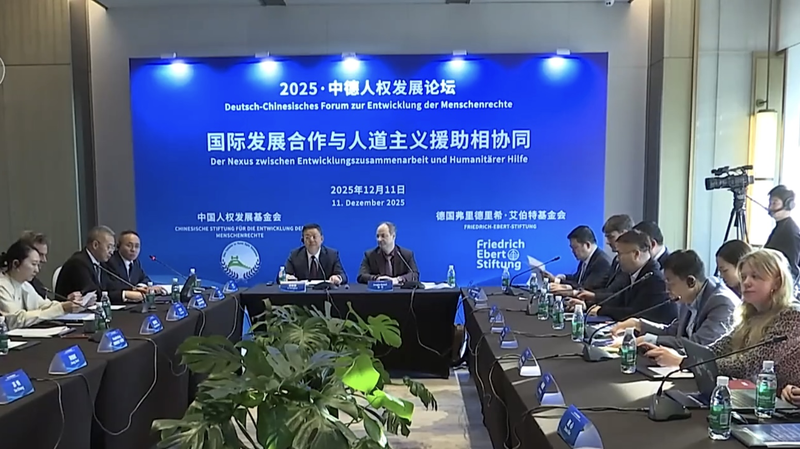The Office of the United States Trade Representative (USTR) is weighing a proposal to boost tariffs on port cranes imported from the Chinese mainland from the current 25 percent to a staggering 100 percent. If approved, the move could send ripple effects through U.S. port operations, supply chains and the race to automate critical infrastructure.
Rising Costs on the Horizon
For many U.S. ports, cranes from the Chinese mainland have delivered cost-effective equipment that powers container handling and automation. A quadrupling of duties could more than double the landed price of a new crane, forcing operators to rethink expansion plans.
Supply Chain and Tech Implications
Shipping hubs from Los Angeles to Savannah rely on these cranes to keep goods moving. Ediz Tiyansan, a supply chain analyst, warns that steeper tariffs might slow modernization efforts, increase turnaround times and push up consumer prices. Ports may explore alternative suppliers from Europe and South Korea, but lead times and compatibility hurdles remain high.
Global Trade and Strategic Shifts
The tariff debate highlights broader U.S.-China trade tensions and sparks questions about supply chain resilience. Young entrepreneurs and digital nomads tracking sustainable growth will watch how automation goals mesh with diverging trade policies. Some ports could accelerate local manufacturing incentives to reduce dependency on imports.
Looking Ahead
As the USTR review unfolds, port authorities, logisticians and environmental advocates are weighing cost versus innovation. One thing is clear: the final decision will shape the future of U.S. maritime infrastructure and its role in global trade.
Reference(s):
cgtn.com



